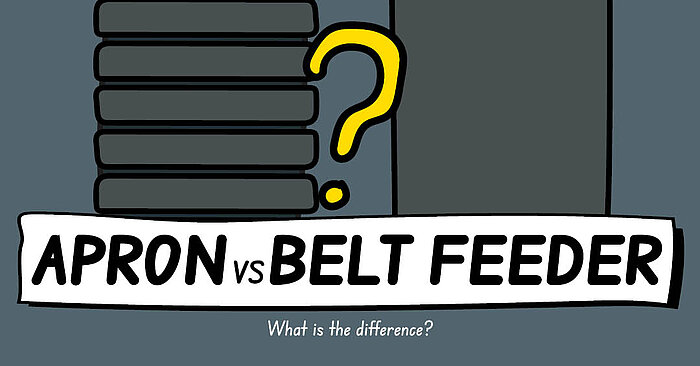Also called scalpers or direct feed screen is suitable for a large variety of applications from heavy-duty scalping to precision screening. Typical applications are sand & gravel, shot rock, soils, dirt, mulch, asphalt millings, aggregates, and street sweepings. The feeder is not covered and the path of bulky material is not obstructed travelling over the top screen deck and on the discharge side. Therefore, this type screen is ideal for scalping fines from bulky feed materials (e.g. asphalt fines from slabs, aggregates from shot rock, dirt from mixed excavated debris). However, you can use this type screen also for precision screening after a crushing process to produce up to 3 finished products (fines, clean stone, and oversize product).
| Pros | Cons |
| ➕ Works well with bulky material mixed with fines | ➖ Limits with fast precision screening and small finished specs |
| ➕ Heavy-duty & robust design | ➖ 3 products only vs up to 4 products with incline screens |
| ➕ Application versatility | ➖ Sometime less convenient to feed with a wheel loader |
| ➕ Easy access to screen box | |
| ➕ Easy to change of screen media | |
| ➕ No hydraulic jacks needed to operate the plant | |













